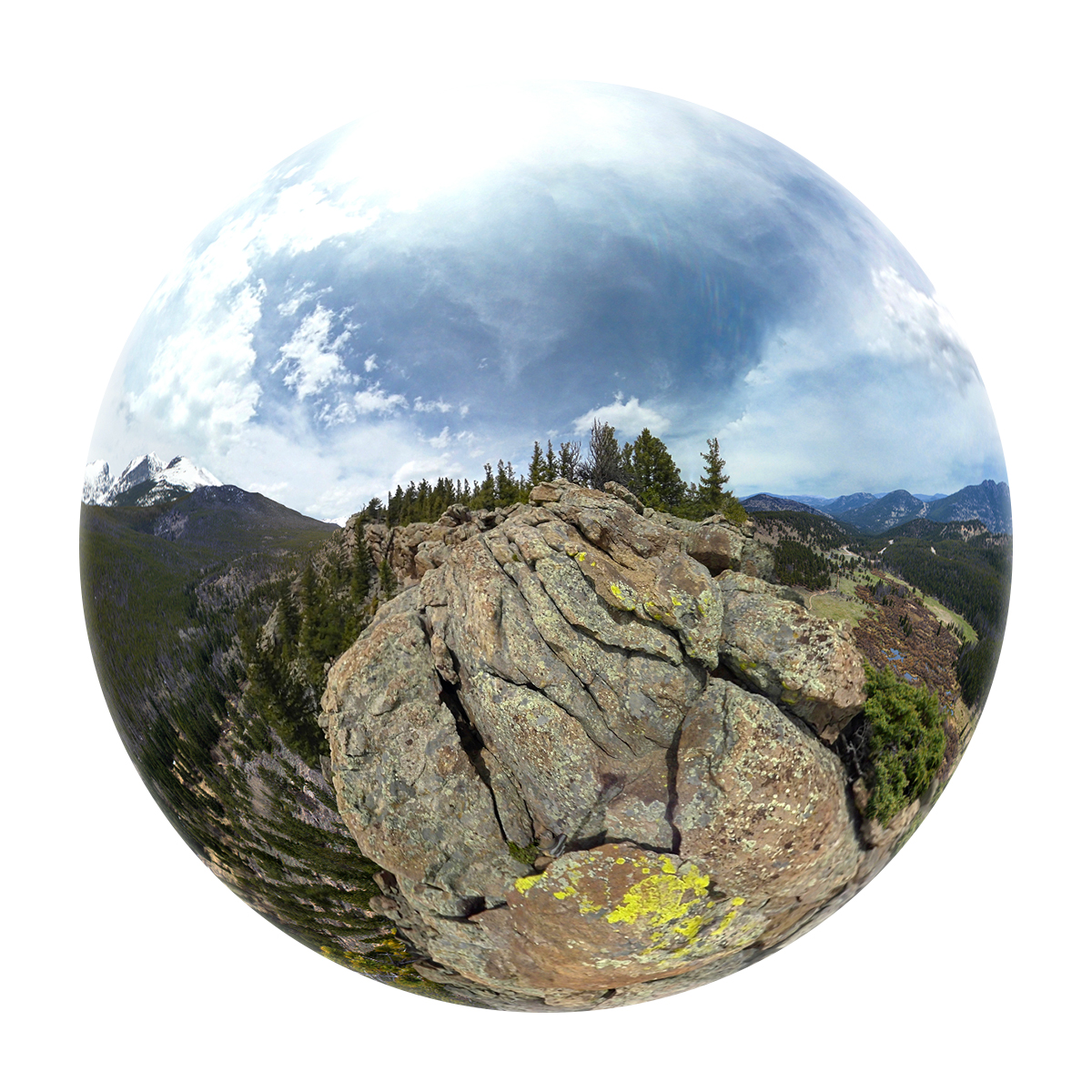Rocky Mountain VR
How can 360° media help journalists explain the geologic forces shaping our planet?
OVERVIEW
NPR's first 360° interactive story guides users through the natural history of Colorado's Rocky Mountain National Park with geology professor Eric Kirby.
In May of 2016, I was contracted to produce 360° footage for the story alongside sound engineer Bill McQuay and NPR's senior interaction designer Wes Lindamood. Over the next two months, we worked with NPR's Visual's Team in Washington D.C. to process content and publish the feature. This included stitching footage, prototyping interactions for WebVR, and analyzing user data to improve usability and increase story completion.
The story was a 2017 Online Journalism Awards (OJAs) Finalist for Excellence in Audio Digital Storytelling.
Scope
May - July 2016 for NPR
Role: 360° prototyper
Reporting: Wes Lindamood
Editing: Christopher Joyce
Development: Tyler Fisher and Brittany Mayes
Audio Production: Bill McQuay
A comment worth sharing from NPR's Facebook feed:
"Very cool. I cannot wait to see how far this tech develops on the web. Barrier to entry is so low and the payoff… I mean. I don’t know that i’ll ever actually get to see those sights in person. But to be able to gaze around even in what you know to be a contrived setting. Magic."
Field PRODUCTION
We spent five days in Rocky Mountain scouting locations, capturing footage, and interviewing on-site experts. Sunrise proved to be the optimal time for both shooting 360° content as well as recording dynamic soundscapes like the Dawn Chorus. (This meant hitting the trails at 3am in order to get into position and shoot through sunrise.)
Afterwards, we would download raw content, charge and swap batteries, and refuel on coffee before transitioning to our next location.
Previewing footage with Jacob Jacobson of the National Park Service
The PixPro 4k 360° rig capturing Glacier Gorge from the treetops
POST-PRODUCTION
As NPR's foray into immersive storytelling and VR, we were in a unique position to test new approaches and prototype the experience from the ground up. WebVR was the decided platform as its accessible download-free framework best fit the pubic media audience. Similarly, 360° photographs were selected over video for the primary experience, as it would run more smoothly on a larger number of devices.
The mobile 360° use-case was prioritized, which does not require a VR headset but provides a dynamic experience that one can navigate by simply moving one's phone. After launch, we were surprised at the popularity of the desktop experience and quickly optimized the features to improve desktop usability.
Of course, users with access to VR devices such as Google Cardboard can get the fully immersive experience with a simple tap of the button.
360° X Social
Despite new tools and 360° features, formatting 360° stories for social media platforms is quite challenging. That said, challenges are fun, and I had the opportunity to play with new forms of images and video for popular NPR channels on Facebook and Instagram.
product DEsign at NPR
In addition to my work on Rocky Mountain VR, I spent the summer of 2016 with NPR's Digital Media Design Team at HQ in Washington D.C. Before my internship evolved into a role as a contract product designer, I described my experience for the NPR design blog.









